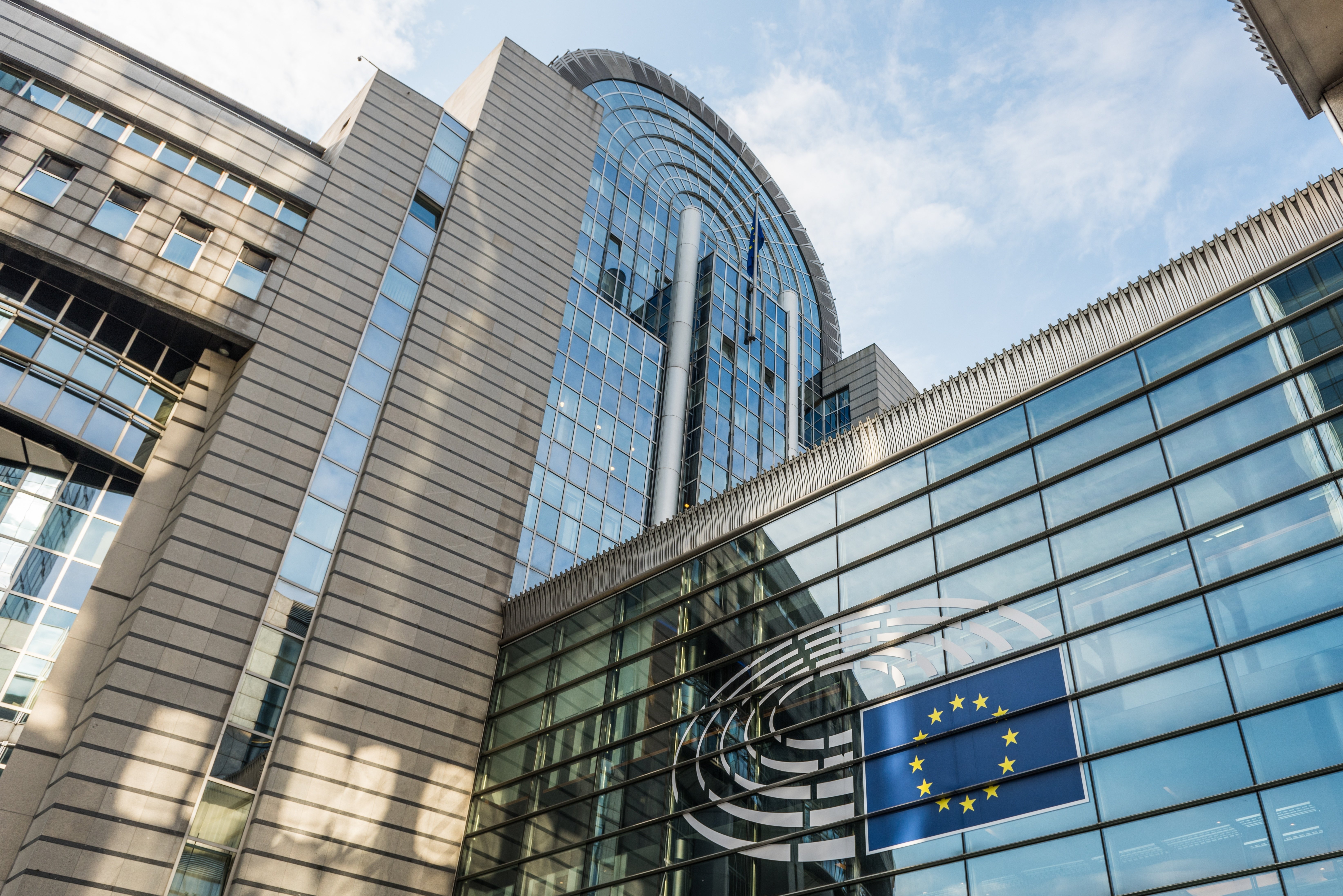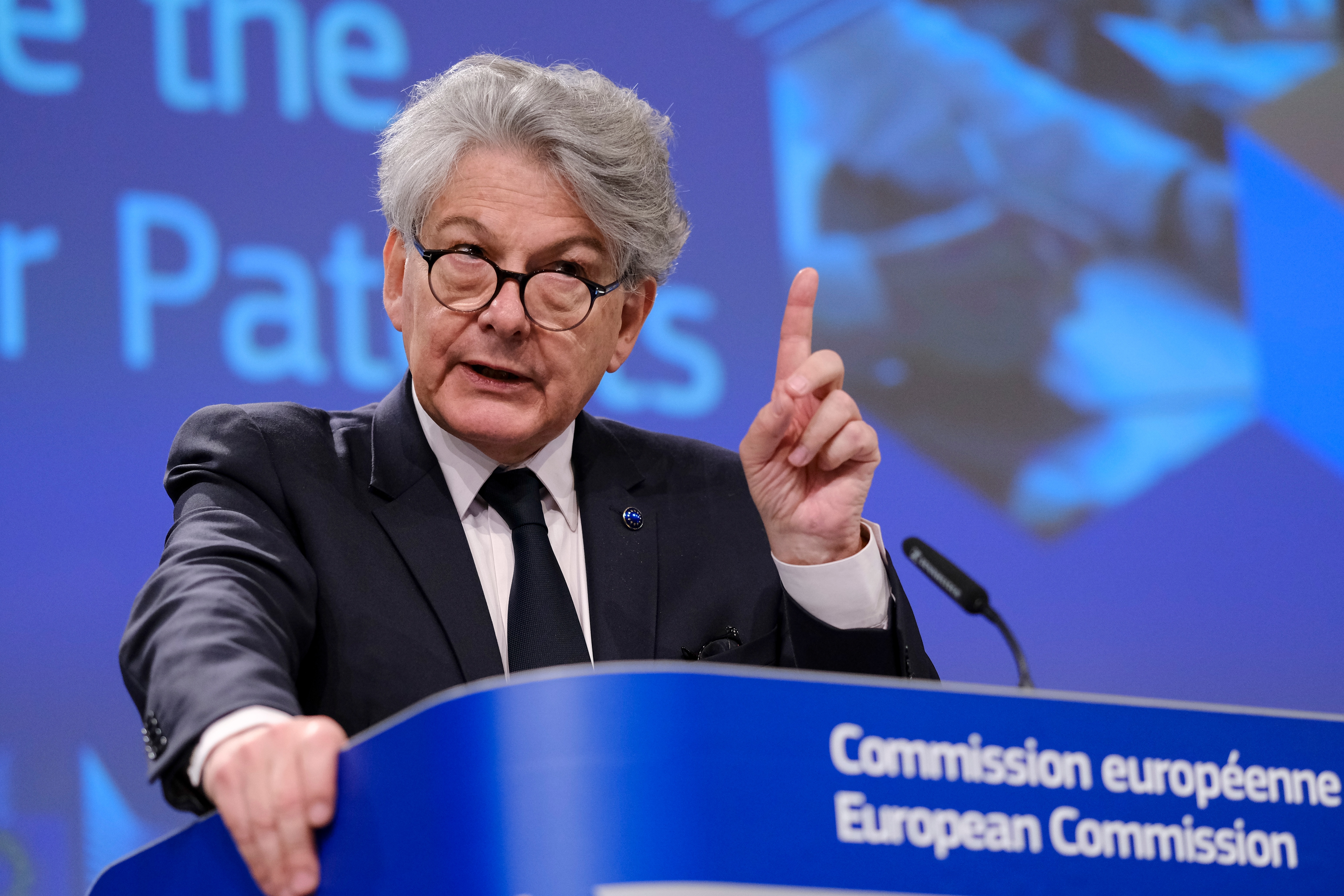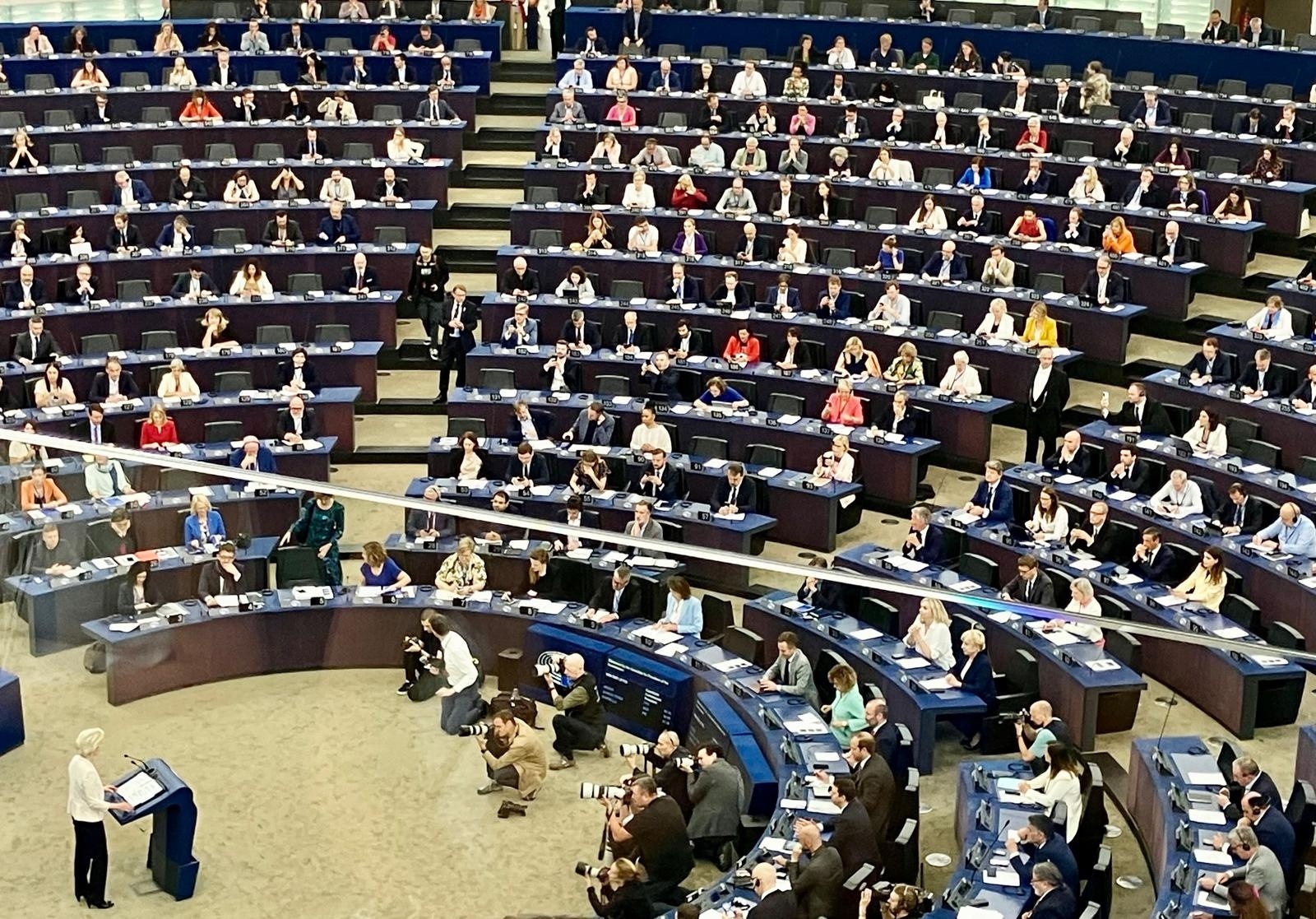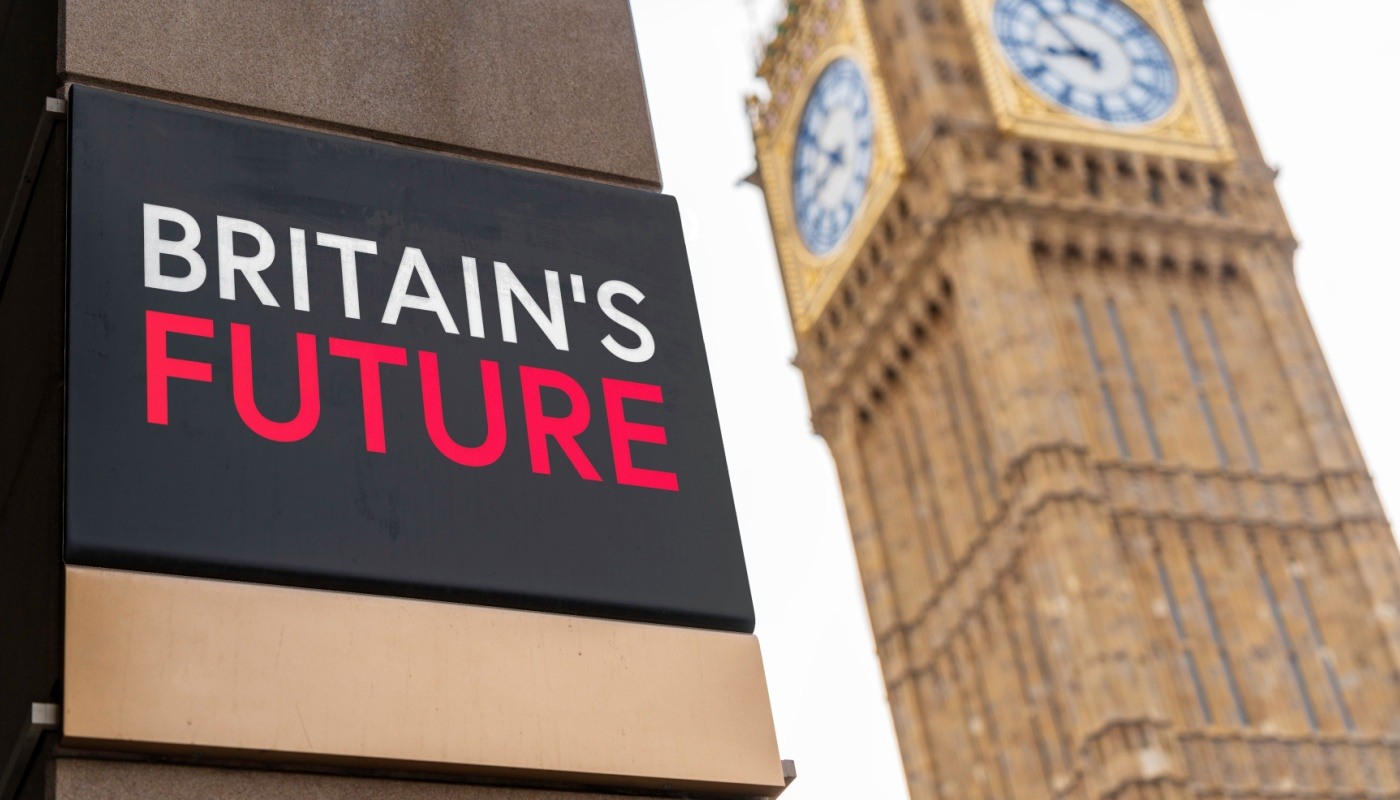European Energy & Climate Policy: Time To Get Moving
by Inline Policy on 13 Jan 2015
If last autumn was the settling-in period, the New Year is the time for the new European Commission to get moving on its priorities. The European Parliament elected last May has now bedded in, the Committees have established a work programme, and the parliamentarians will be keen to start making an impact on policy-making and regulatory measures. The next few months are therefore likely to see a lot of activity. As energy policy - and its multiple linkages with the wider European economy - has already been highlighted by Juncker and his senior lieutenants as one of the most important issues on the agenda, Commission officials in DG Clima and DG Energy are going to be busy, as will the ENVI (Environment) and ITRE (Industry, Trade and Energy) Committees in the Parliament. This piece analyses the key themes and what may merge in terms of concrete policy or legislative proposals.
First and foremost, the Commission is going to want to promote its vision and big new ideas. This means that a priority will be placed on the Energy Union and Juncker’s infrastructure investment programme (now entitled the European Fund for Strategic Investments).
1. What will the Energy Union be in practice?
Juncker was clear from the outset, exemplified by his senior appointments, including the Slovak Maros Sefcovic as Vice-President for the Energy Union, that a more integrated European energy policy and market would be a primary issue for his Commission. This aspiration is not without its challenges. Apart from the practical and operational obstacles to the single market, greater integration runs counter to the approach of those member states who fiercely protect their autonomy to decide the composition of their own energy mix. But the external geo-political problems posed above all by Russia’s more aggressive policies basically forced member states in 2014 to accept that they had to work more closely together on energy policy. So, in effect more integration is the price that will have to be paid for a more robust and coherent strategy towards Russia and external supply, and the platform for the Union has been provided by the Commission’s European Energy Security Strategy, adopted by heads of government in 2014.
The Commission is planning to publish its vision of the Energy Union before the end of February. This will be preceded by a conference on 6 February chaired by the new Latvian EU Presidency. The strategy endorsed in 2014 comprised a number of complementary elements:
- reducing dependence on imports;
- integrating national markets;
- reducing demand - energy efficiency; and
- decarbonisation.
This suggests precedence will be given to all these elements if the Energy Union is to be taken forward coherently and credibly. Reducing import dependence will be a result of actions in other areas, so what detailed measures can we expect to be taken which will support them?
2. Integrating the Market
Pretty well the final plea from outgoing Energy Commissioner Oettinger when he moved on in November was to implement in full the single market. The action plan for the Commission was essentially written in Oettinger’s dying days, with the publication of a progress report in October. This report listed what still needs to be done, viz:
- more investment in infrastructure, including on smart grids. Geographical priorities were highlighted - the Baltics, Eastern Europe, stronger grid integration in the Iberian Peninsula and between the UK and Ireland - and the need to take forward the Commission’s Projects of Common Interest. All this plays into the Juncker plan on overall infrastructure investment, and he will therefore be looking to Sefcovic and Climate and Energy Commissioner Cañete to place the challenge of energy infrastructure at the top of their own agendas. On the subject of the Iberian Peninsula, Commission officials will have welcomed the three-way declaration of interest announced before Christmas by Spain, Portugal and France to promote the development of interconnectors (another EU priority endorsed at the highest level) in the region;
- harmonising the rules for gas and electricity trading;
- on prices, more usually the preserve of national policies, a better linking between wholesale and retail markets;
- a greater emphasis on regional developments (qv) as they bring faster results;
- more consumer involvement in the market, e.g. through smart metering.
3. Reducing Demand - What More Can Be Done?
Much of the action on the main EU regulatory instrument, the Energy Efficiency Directive, took place under the old Commission, with the implementation deadline for the directive of June 2014 and the submission of National Energy Efficiency Action Plans around that time. The question for Cañete’s climate and energy teams will therefore surround what else can be done, beyond also that at national level (where the Germans can be expected to continue leading the way).
There will of course be pressure on the Commission to act on energy efficiency, following the target agreed at October’s European Council (even if the target is non-binding). Buildings might be a sub-sector where officials identify opportunities to do more. Expect more work on near-zero buildings, and on the non-residential buildings sector.
4. Decarbonisation - More To Do
Latvia assumed the EU Presidency on 1 January. The new Presidency has said their first priority on the climate and energy portfolio will be to secure safe passage of the Market Stability Reserve (MSR), a major structural reform to the EU Emissions Trading Scheme (ETS). This is indeed a crucial policy measure for Europe’s decarbonisation approach. Successful passage of the MSR, which would include the early establishment in 2017, would suggest that European policy-makers are finally getting a grip on this cornerstone of EU climate and energy policy, and that a higher and more credible carbon price - penalising polluters and incentivising low-carbon investment - is not a pipe-dream. Votes in the ITRE and Environment Committees will take place over the next six weeks, after which we should have a better idea of whether the MSR will proceed without material hindrance or get struck in the regulatory quagmire which the backloading measure found itself mired in two years ago.
With their eye quite rightly fixed on the longer-term, the Commission launched in December a consultation on the regulatory framework for the EU ETS in the post-2020 period. This will run until mid-March and, provided the MSR is passed (or nearly there) by the summer, the Commission will then be well-placed to bring forward post-2020 legislation this autumn.
Fixing the rules of engagement for the ETS for 2020-2030 will be part of a key area if activity for the Commission in 2015, which will be to turn the decarbonisation 2030 targets agreed at last October’s European Council into specific legislation. Apart from the important ETS-related measures and the energy efficiency agenda (see above), another challenging task will be to make sense of the 2030 renewables target. This target of 27% of Europe’s energy supplies to be drawn from renewable sources, but without the imposition of national targets, has caused much head-scratching in the business sector about how it can in reality be implemented. This question of governance, which will probably promote the much greater use of flexibility and cross-border co-operation than has been utilised in the pre-2020 period, will be tackled by the Commission - quite possibly as part of a 2030 package as and when they can bring forward their long-term ETS proposals.
5. Any Other Business
International matters, notably the Paris climate change COP, will increasingly preoccupy all the EU institutions as the year progresses. There are also signs, perhaps stung by the lead of the US and particularly California, that the Commission recognises that its low-carbon policies in the automotive sector have failed to match their ambitions elsewhere. They will be reviewing the EU’s long-term regulatory framework for reducing CO2 emissions in cars. There will be a stakeholder consultation during the Latvian Presidency on how the transport sector can do more to contribute to meeting the 2030 decarbonisation targets.
6. Complicating and Complementary Factors
This analysis has by and large concentrated on what the European Commission may do, as the initiator of EU legislation. But it would of course be plain wrong to ignore the views and actions of the Parliament and key member states.
As suggested above, the Parliament has been in a settling-in phase to date. Consequently they have not yet had the opportunity to signal their overall political leanings in an important vote. The MSR committee votes (which may force a plenary vote before too long) might be the first such occasion. My fundamental point is that the EP may yet waylay or complicate Commission plans, especially in the decarbonisation field - we shall see.
Germany, France and the UK all have energy and climate high up their national agendas.
Germany - with some success, according to the latest data - continues to drive forward the Energiewende. France is enacting its energy transition bill. The British General Election in May may feature energy prices prominently in the campaign. All the important developments will play into what comes out of Brussels. In addition, there are indications that some member states still feel that the Commission and EP are encroaching too much on their national energy policies. That said, one can’t help but feel that national governments sometimes want to have their cake and eat it, e.g. in view of the complaints that Brussels isn’t doing enough to support the commercialisation of carbon capture and storage.
And we haven’t even talked about shale gas or nuclear…
7. In Conclusion
Ultimately, the Commission from Juncker knows that they will be judged on two things: whether the Energy Union is something more tangible than a slogan; and whether a transformational energy investment programme can help kickstart the moribund European economy. Without any new public money, there remains widespread scepticism about the infrastructure initiative - the European Fund for Strategic Investments. Neither of these objectives are going to be measured over the next few months: they represent a five-year plan. In the meantime, let us see what the Commission can meaningfully take forward from this weighty agenda.
Topics: European Politics, Energy policy, UK business







Comments